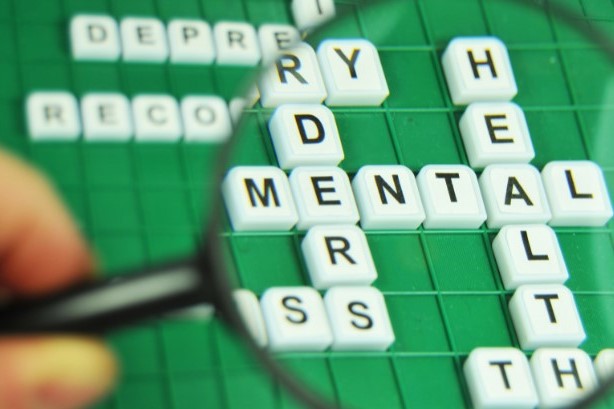
ALGEE: Discovering Mental Health First Aid together
Many experts in the field of mental health advise rescuers to use the ALGEE method to deal with patients with mental disorders
ALGEE in mental health, in the Anglo-Saxon world, is the equivalent of DRSABC in first aid or ABCDE in trauma.
ALGEE Action Plan
Mental health first aid uses the acronym ALGEE when providing support to someone experiencing a mental crisis.
ALGEE stands for: Assess risk, Listen nonjudgmentally, Encourage appropriate help, and Encourage self-help
The acronym emphasized providing initial support rather than teaching individuals to become therapists.
The ALGEE action plan consists of major steps in first aid response, and unlike other plans, this does not have to be done in sequence.
The responder can assess the risks, provide reassurance, and listen without judgment all at the same time.
Here, we explore each step of the ALGEE action plan
1) Assess for risk of suicide or harm
The responder must find the best time and place to initiate the conversation while keeping the person’s privacy and confidentiality in mind.
If the person is not comfortable sharing, encourage them to talk to someone they know and trust.
2) Listening Nonjudgmentally
The ability to listen without judgement and have a meaningful conversation with someone requires skills and lots of patience.
The goal is to make the person feel respected, accepted, and fully understood.
Keep an open mind while listening, even if it is not agreeable on the responder’s part.
Mental Health first aid training course teaches individuals how to use various verbal and non-verbal skills when engaging in a conversation.
These include proper body posture, maintaining eye contact, and other listening strategies.
3) Give Reassurance and Information
The first thing to do is make the person recognize that mental illness is real, and there are several ways available to recover.
When approaching someone with a mental disorder, it is essential to reassure them that none of this is their fault.
The symptoms are not something to blame on oneself, and some of them are treatable.
Learn how to provide helpful information and resources in an MHFA training course.
Understand how to offer consistent emotional support and practical help to people with mental conditions.
4) Encourage Appropriate Professional Help
Let the person know that several health professionals and interventions can help eliminate depression and other mental conditions.
5) Encourage Self-Help and Other Support Strategies
Many treatments can contribute to recovery and wellness, including self-help and several support strategies.
These may include engaging in physical activity, relaxation techniques, and meditation.
One can also participate in peer support groups and read self-help resources based on cognitive behavioural therapy (CBT).
Making time to spend with family, friends, and other social networks might also help.
Mental Health First Aid
There is no one-size-fits-all approach to mental health first aid.
No situation or symptoms are exactly the same as every person is different.
In cases where you or another person is in a mental crisis, having suicidal thoughts and is acting erratically – call Emergency Number immediately.
Inform the emergency dispatcher on what is going on and provide necessary intervention while waiting for arrival.
Formal training in mental health first aid will come in handy in these situations.
Read Also:
Emergency Live Even More…Live: Download The New Free App Of Your Newspaper For IOS And Android
Intermittent Explosive Disorder (IED): What It Is And How To Treat It
Management Of Mental Disorders In Italy: What Are ASOs And TSOs, And How Do Responders Act?
Electrical Injuries: How To Assess Them, What To Do
RICE Treatment For Soft Tissue Injuries
How To Carry Out Primary Survey Using The DRABC In First Aid
Heimlich Maneuver: Find Out What It Is And How To Do It
4 Safety Tips To Prevent Electrocution In The Workplace


